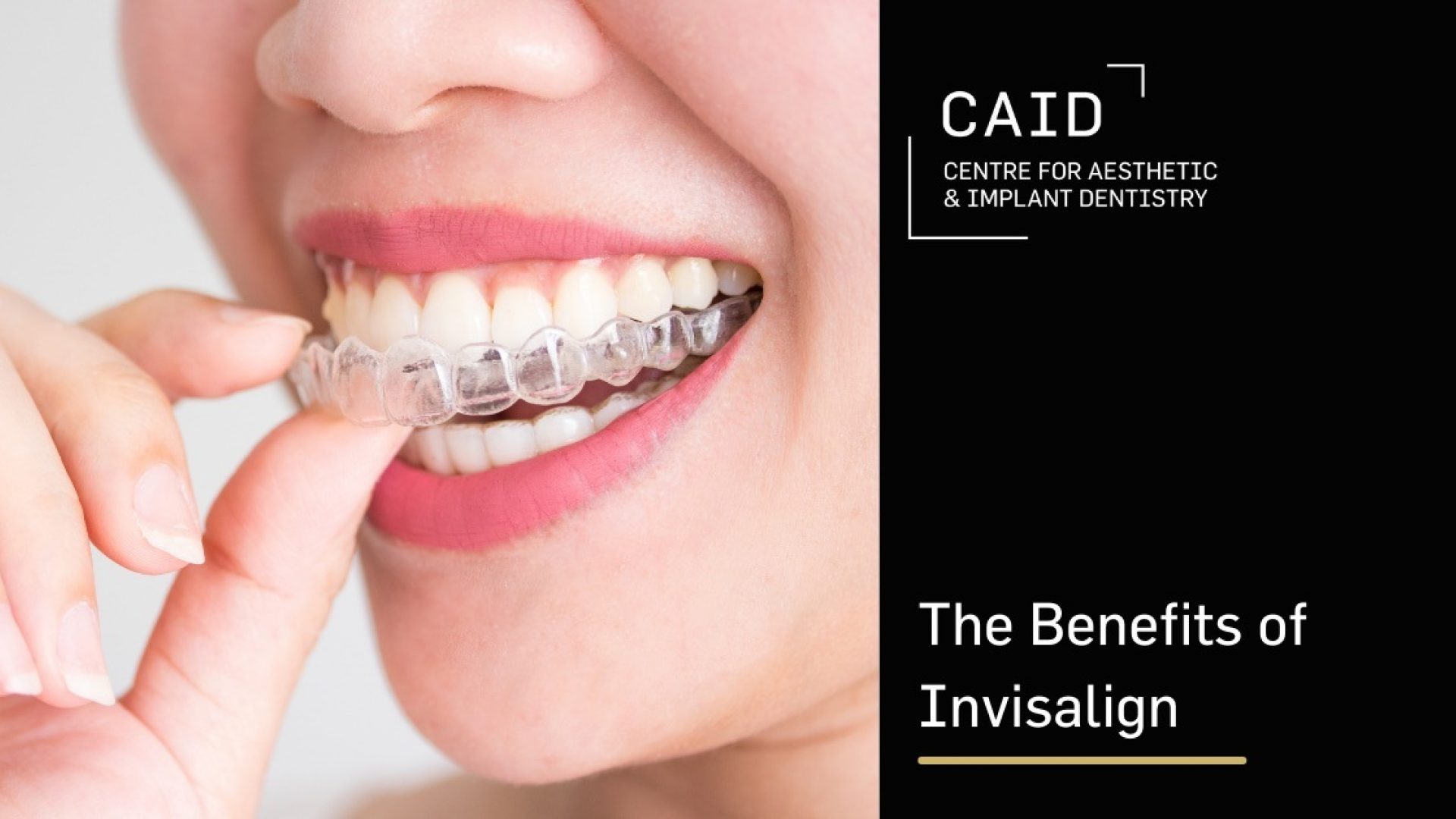There are a number of types of tooth-colored fillings. These are:
Composite Fillings
The material is a composite quartz resin (durable plastic) containing a light-sensitive activating agent. It is bonded into place and hardened with light. Our clinic is equipped with intensified ‘arc light’ technology which hardens the filling in 10 seconds, compared to the 2-3 minutes needed using conventional quartz halogen light. These are the most commonly used type of ‘white’ fillings. They are also used in cosmetic dentistry to patch up chips or as Composite Veneers, often referred to as ‘Bonding’. These materials come in a variety of tooth shades to match your own tooth color.
Glass Ionomer Fillings
These fillings do not come in many shades and are therefore not suitable for front teeth. They are not as strong as composite fillings and are therefore limited in their use to small cavities or parts of the tooth that are non-stress-bearing. They have a major advantage of containing ‘Fluoride’ which helps prevent decay and are mostly used in back teeth.
Porcelain, Artglass, Belleglass, or Composite Inlays
Similar in process to Porcelain Veneers, inlays require 2 appointments as they are fabricated in a dental laboratory. These procedures were common to overcome some of the limitations of the older generation composite materials in large cavities. Inlays have superior strength and may be indicated as an alternative to a Crown in very large cavities or fractured back teeth.





